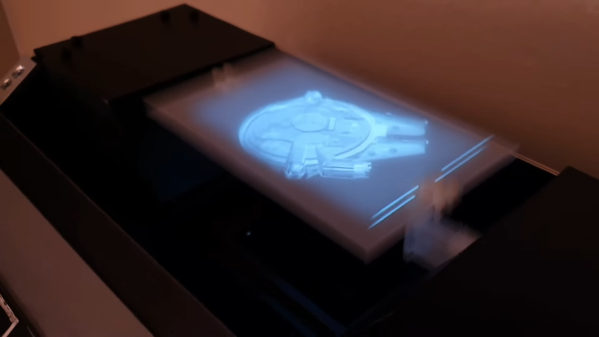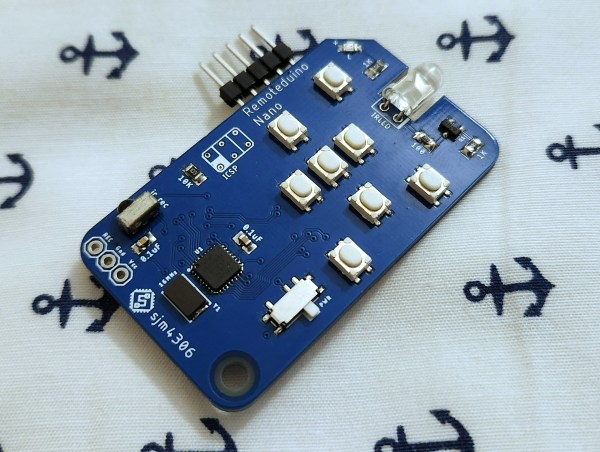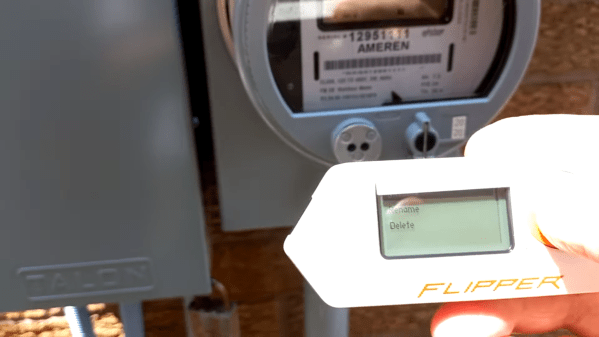It may not exactly be what [Princess Leia] used to beg [Obi-Wan] for help, but this Star Wars-inspired volumetric display is still a pretty cool hack, and with plenty of extra points for style.
In some ways, [Maker Mac]’s design is a bit like a 3D printer for images, in that it displays slices of a solid model onto closely spaced planar surfaces. Sounds simple enough, but there are a lot of clever details in this build. The main component is a lightly modified LCD projector, a DLP-based machine with an RGB color wheel. By removing the color wheel from the projector’s optical path and hooking its sync sensor up to the control electronics, [Mac] is able to increase the framerate of the display, at the cost of color, of course. Other optical elements include a mirror to direct the projected images upwards, and a shutter harvested from an old pair of 3D TV glasses. Continue reading “A Volumetric Display With A Star Wars Look And Feel”



















